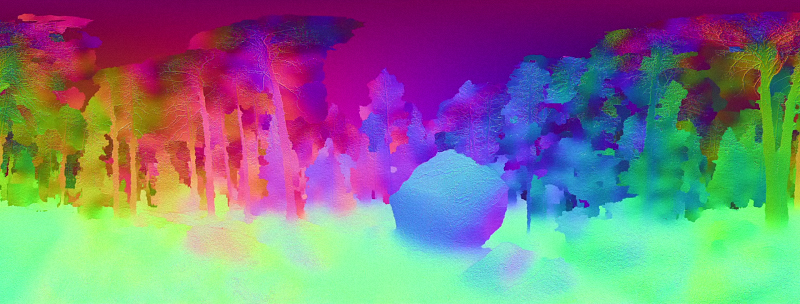
Facebook developed algorithm for smartphone photogrammetry
The fact that users can create and share their own content for the VR glasses is an important step in the acceptance of the technology. A new Facebook algorithm might help.
In photogrammetry, real places are reconstructed from hundreds or even thousands of photo captures. They don’t stick like conventional 360 photos flat on the display, but are spatially accessible.
These virtual real spaces are impressive as they can sometimes be deceptively genuine and convey an ingenious presence feeling. Photogrammetry, however, has a catch: the production is enormously complex, requires a lot of special knowledge and even more time.
Simple photogrammetry for the smartphone
A new Facebook algorithm is intended to enable a highly simplified form of photogrammetry with the smartphone. The process was developed explicitly for the normal user, who wants to take 3D photos with depth movement. The spatial movement is possible in a small radius around the shooting location. In addition, the photo can be supplemented with digital effects.
With the new method, users can create 3D images of the environment, view them in the virtual reality, or share them with a VR spectacle owner.
In this way, the VR glasses could become a kind of modern slide projector, which would be perfectly suited to dive into and experience real places. Facebook is thus approaching the vision of CEO Mark Zuckerberg, who is predicting the sharing of VR experiences as the next big thing after video.
A start for more advanced VR photography
The Facebook’s smartphone photogrammetry is not going to be as sophisticated as the complex photogrammetry, but it would be a clear advance compared to current 360-degree images, which are mostly in 2D and free of depth information.
There are some limitations, developers mentioning some problems with transparent or glossy surfaces, which can lead to image errors. It is also clear that the method is only suitable for static content.
